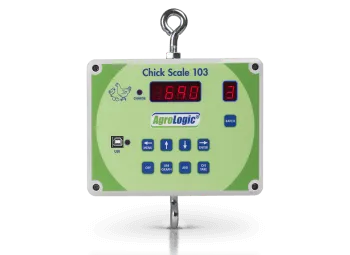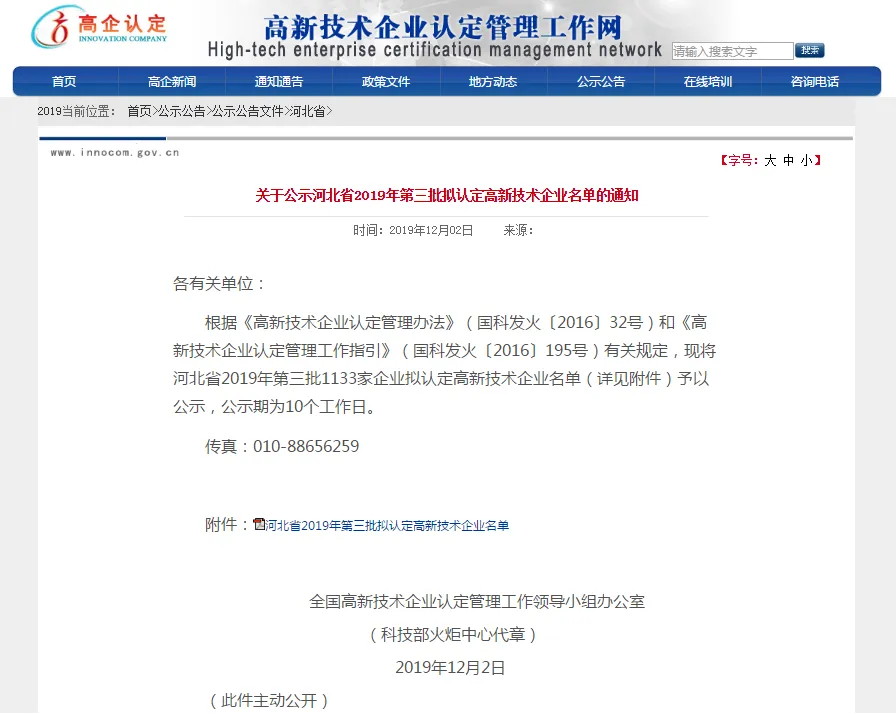Vitamin A is vital for maintaining healthy vision, skin, and immune function. It plays a crucial role in the growth and development of puppies, helping develop their bones and teeth. Sources of Vitamin A include liver, fish liver oil, and leafy green vegetables. If you’re thinking about adding a supplement, be cautious as too much Vitamin A can be toxic.






